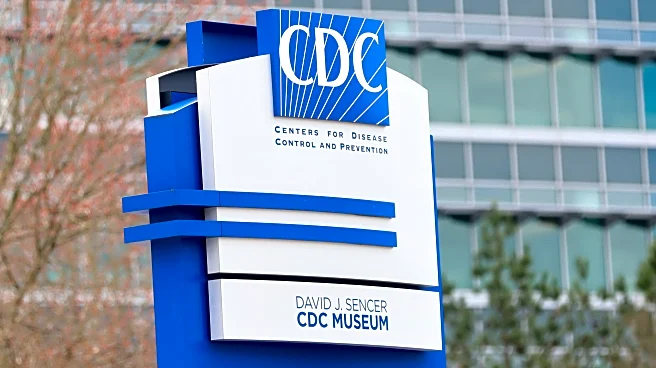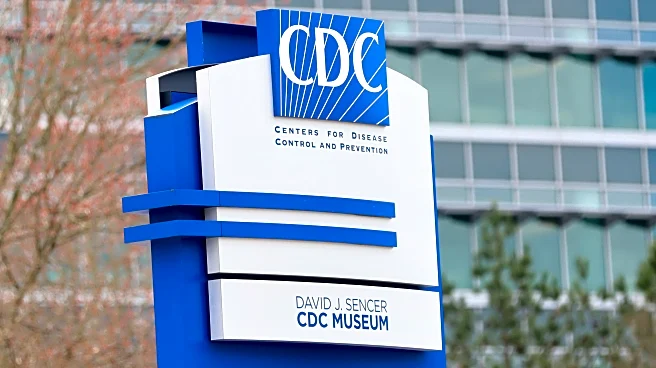What's Happening?
A man in Washington state has reportedly died from the H5N5 bird flu strain, marking the first known human infection of this rare strain. The individual, an older adult with pre-existing health conditions,
was from Grays Harbor County and kept a backyard flock of domestic poultry. Health officials suspect these birds were exposed to wild birds, leading to the infection. The Washington State Department of Health has stated that the risk to the public remains low, and no other individuals have tested positive for avian influenza. The Centers for Disease Control and Prevention (CDC) has also indicated that there is no increased risk to public health as a result of this case. The H5N5 strain is not considered a greater threat to human health than the H5N1 virus, which has caused mild illnesses in workers on dairy and poultry farms.
Why It's Important?
The death of the Washington man from the H5N5 bird flu strain highlights the ongoing challenges in managing zoonotic diseases, which can jump from animals to humans. While the risk to the general public is currently deemed low, the case underscores the importance of monitoring and controlling avian influenza outbreaks, particularly in areas where domestic poultry may come into contact with wild birds. The incident may prompt health authorities to review and strengthen biosecurity measures to prevent future infections. Additionally, it raises awareness about the potential for new strains of bird flu to emerge and the need for continued research and surveillance to protect public health.
What's Next?
Health officials will continue to monitor individuals who had close contact with the deceased man to ensure no further transmission occurs. The Washington State Department of Health and the CDC may increase surveillance efforts in the region to detect any new cases early. Public health campaigns may be initiated to educate poultry owners on best practices for preventing avian influenza transmission. Further research into the H5N5 strain may be conducted to better understand its characteristics and potential impact on human health.













